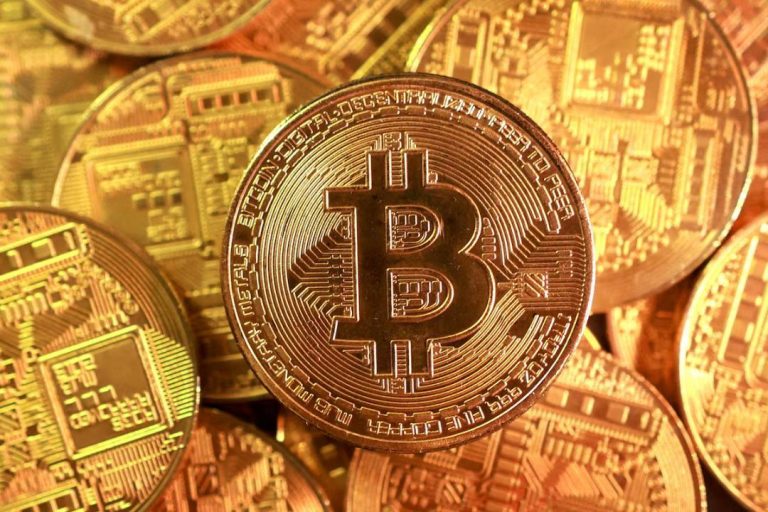
Why has the Nifty index remained flat for an entire year?
The Indian stock market has been going through a tumultuous phase in recent times, with the Nifty 50 index remaining largely flat over the past year. Despite strong earnings from major firms, the index has failed to break the 12,000 mark, leaving investors wondering what’s behind this stagnation. In this blog post, we’ll delve into the reasons behind the Nifty’s flat performance and what investors can expect in the future.
Weak Global Cues
One of the primary reasons for the Nifty’s flat performance is the weak global cues. The global economy has been facing headwinds, with trade tensions between the US and China, Brexit uncertainty, and a slowing down of the global growth rate. This has led to a decrease in investor confidence, causing them to shy away from riskier assets like equities.
The US, in particular, has been a major source of concern for global markets. The country’s economy has been growing steadily, but the tariffs imposed by the Trump administration have led to a decline in global trade. This has had a ripple effect on Indian exports, leading to a decline in the country’s economic growth rate.
Tariff Threats from the US
The US has been a major trading partner for India, and the threat of tariffs on Indian goods has been a major concern for the country. The US has imposed tariffs on steel and aluminum imports from India, and there is a fear that more tariffs could be imposed in the future. This has led to a decline in investor confidence, causing them to shy away from riskier assets like equities.
Subdued Investor Sentiment
Another reason for the Nifty’s flat performance is the subdued investor sentiment. Investors have become increasingly risk-averse, preferring to invest in safer assets like bonds and fixed deposits. This has led to a decrease in demand for equities, causing the Nifty to remain flat.
Rupee Slips to a Five-Month Low
The Indian rupee has also slipped to a five-month low, adding to the uncertainty in the market. A weakening rupee can lead to a decline in investor confidence, causing them to shy away from riskier assets like equities. The rupee’s decline has been attributed to a decline in foreign capital inflows, which has led to a decrease in the country’s foreign exchange reserves.
Awaiting Cues from the US Fed
As investors await cues from the US Federal Reserve, questions remain on what’s holding back Indian equities. The US Fed has been expected to cut interest rates in the future, which could lead to a decline in the value of the US dollar. This could lead to an increase in foreign capital inflows, causing the Nifty to rise.
However, until the US Fed takes action, investors are likely to remain cautious. The US Fed’s decision on interest rates will have a significant impact on the global economy, and investors are waiting to see what direction the central bank will take.
Conclusion
In conclusion, the Nifty’s flat performance over the past year can be attributed to a combination of weak global cues, tariff threats from the US, subdued investor sentiment, and a weakening rupee. As investors await cues from the US Fed, they are likely to remain cautious, preferring to invest in safer assets like bonds and fixed deposits. However, once the dust settles, investors may start to take a more optimistic view of the Indian equities market, leading to a rise in the Nifty.
Source:






